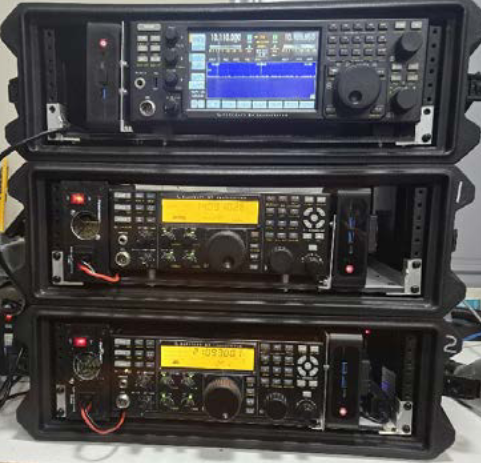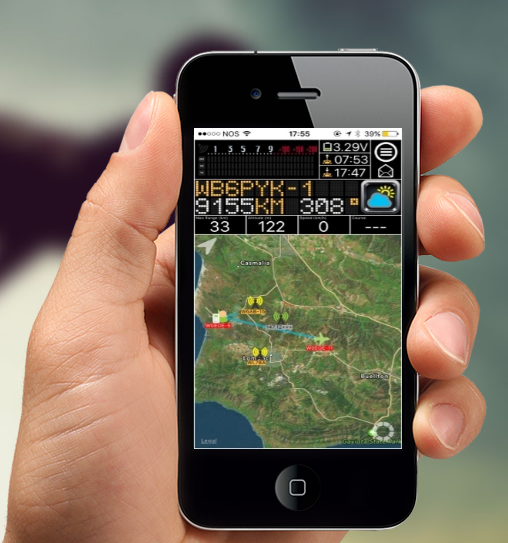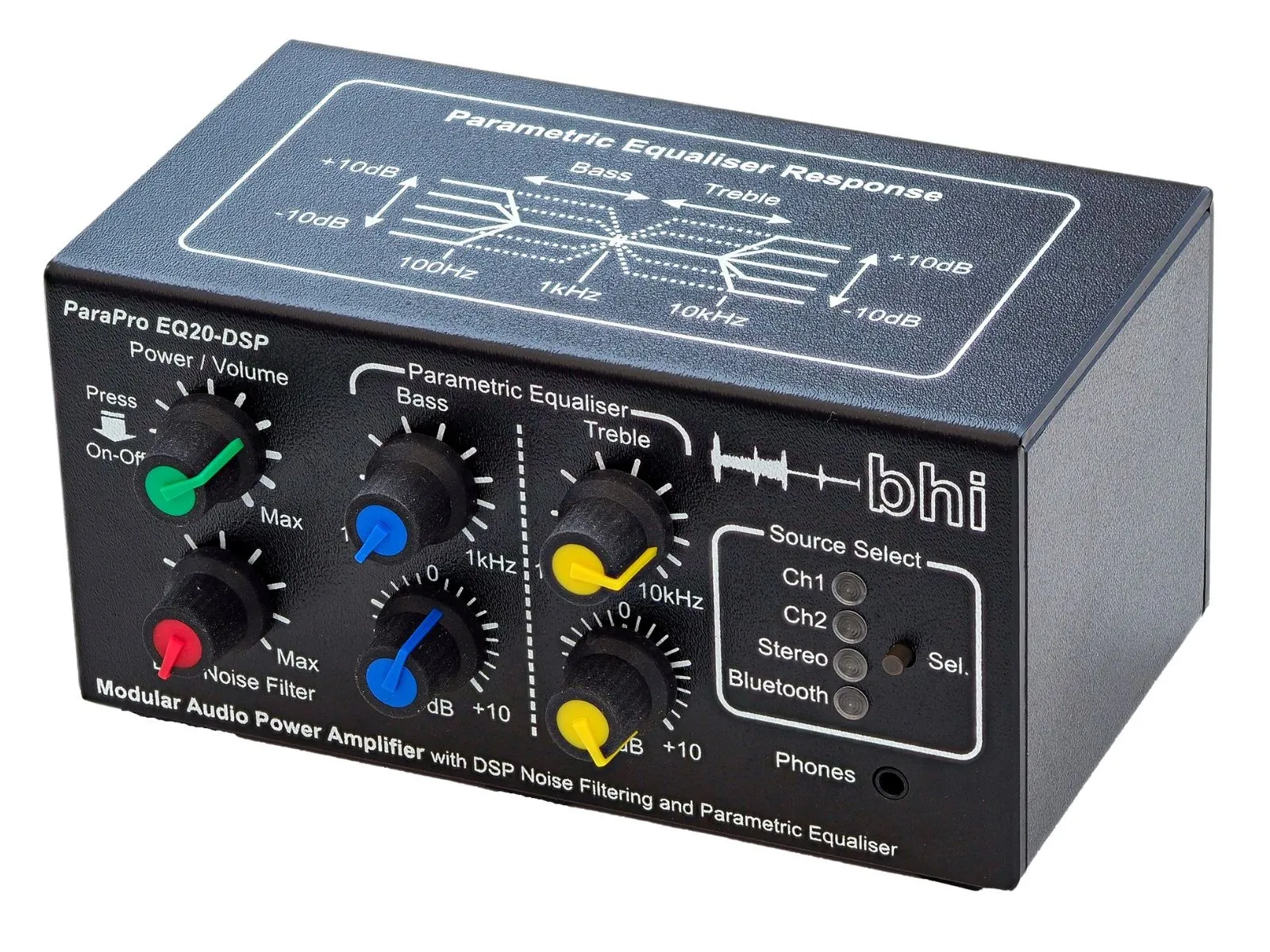amateur radio
arrl
dxpedition
ham radio
nexgenrib
radio amatur
remote operation
amateur radio setup, arrl dx convention, dxpedition, emergency ham radio, field day station, ham radio, ham radio blog, ham radio networking, ham radio system design, ham radio vpn, modular ham station, multi-op station, n1mm networking, nexgen rib, portable ham radio station, radio in a box, radio station deployment, remote contesting, remote ham radio, remote operation compliance
9M2PJU
0 Comments
Modernizing DXpeditions: Takeaways from ARRL’s Next Generation DXing Program
At the 2025 International DX Convention in Visalia, ARRL hosted a dedicated track titled Next Generation DXing. This series of sessions brought together experienced operators and engineers to share practical ideas on how to improve DXpeditions, multi-operator setups, and remote station systems.
Below is a summary of the key concepts, with a closer look at one notable system design — the Next Generation Radio in a Box (NexGen RIB) — which was featured prominently in discussions on equipment design and field deployment.
Key Themes from the Sessions
1. Planning and Coordination
The first sessions emphasized the importance of thorough planning. Topics included station licensing, customs logistics, site selection, and coordination among international team members. Presenters advised using formal checklists, equipment manifests, and timelines well in advance of deployment.
2. Team Building
Building an effective DXpedition or contest team involves more than radio skills. Emphasis was placed on recruiting individuals with complementary abilities, such as IT support, logistics experience, and familiarity with emergency repairs in the field. The sessions also explored training strategies for remote or first-time team members.
3. Networking and Connectivity
Reliable networking was a recurring topic. Presenters discussed various network architectures, including mesh networks and cellular/satellite backhaul, to support logging, remote audio, station control, and video monitoring. A key point was that modern station deployments should assume the need for stable data communication alongside RF operation.
Spotlight: The Next Generation Radio in a Box (NexGen RIB)
One of the most notable engineering solutions presented was the Next Generation RIB, a self-contained station designed for easy deployment in the field.
The Next Generation Radio in a Box (NexGen RIB) is a lightweight, compact, and fully self-contained station designed for both portable and remote-controlled operation. Over the last two years, Gregg Marco (W6IZT), Warren Merkel (KD4Z), and John Norris (AA4AN) have spearheaded the design and development of this system.
Originally based on the Elecraft K3, the NexGen RIB has now evolved to support the K4D and FlexRadio, taking advantage of its modern SDR architecture and integrated remote capabilities.
Key Characteristics
- Compact and Air-Travel Ready: The unit is small enough to fit in an aircraft’s overhead bin and can be hand-carried by one person.
- Field-Tested: Successfully deployed in 2024 during operations from CEØZ (Juan Fernández), FS (St. Martin), and PJ7 (Sint Maarten).
- Remote-Ready: Designed from the ground up for remote operation over the internet.
- Internet via Starlink: In remote deployments, connectivity has been reliably provided through Starlink terminals, ensuring sufficient bandwidth and latency for real-time operation.
Components and Capabilities
Each NexGen RIB typically includes:
- Transceiver: Elecraft, FlexRadio with built-in remote control capabilities
- Antenna switching and band filters
- Power management system (AC and/or DC input with protection)
- Single-board or embedded computer for station control, logging, and network access
- Audio, CAT, and digital mode interfaces
- Cooling and environmental protection for field deployment
- Prewired and preconfigured to reduce on-site setup complexity
With the addition of Starlink or any high-speed internet connection, the station can be operated remotely using standard software or web-based dashboards — ideal for remote contesting, DXing, and club access.
Design Considerations
The NexGen RIB is not a commercial product but a concept developed and refined by experienced operators like AA7JV, W9KKN, and W6IZT. Their implementation is based on field experience, with a focus on:
- Repeatability – Units are built to a common standard
- Reliability – Emphasis on quality components and robust wiring
- Serviceability – Easy access for diagnostics and maintenance
- Modularity – Designed to operate independently or in coordination with others
This modular approach allows multiple RIBs to form a multi-operator station while retaining some degree of independence between units.
Compliance with Contest and Award Program Rules
If a station setup involves networked logging, remote control, or distributed station elements, it’s important to review the rules of any operating event or awards program being submitted to. Some contests restrict or prohibit remote operation unless operating under specific entry categories.
Simply synchronizing logs between geographically separate stations does not necessarily satisfy rules that require all operations to be conducted from a single site or under defined remote categories. Operators are encouraged to consult event organizers or published rules to avoid unintended disqualification.
While remote operation is increasingly common and technically accessible, it’s important to understand that rules still apply, especially in the context of:
- Contesting (e.g., ARRL, CQ WW, IARU events)
- DXCC and other awards programs
- Remote multi-op classifications
Not all contests or awards programs permit fully remote or distributed operations under every category. Simply syncing logs between operators or remote stations does not always satisfy the definition of a single transmitter location.
Operators should always consult the event or award rules in advance. When in doubt, contact the sponsor directly. This ensures fair play and protects the validity of submitted logs and awards claims.
Final Remarks
The Next Generation DXing sessions provided clear insights into the current direction of portable and remote amateur radio operation. While the technology continues to evolve, the core goals remain: efficient setup, reliable operation, and better collaboration across teams.
The NexGen RIB concept is one example of how those goals are being addressed through careful engineering and thoughtful system integration. Whether deployed on a remote island or at a local event, the same principles—modularity, consistency, and preparedness—can improve outcomes for any amateur radio operation.







Post Comment